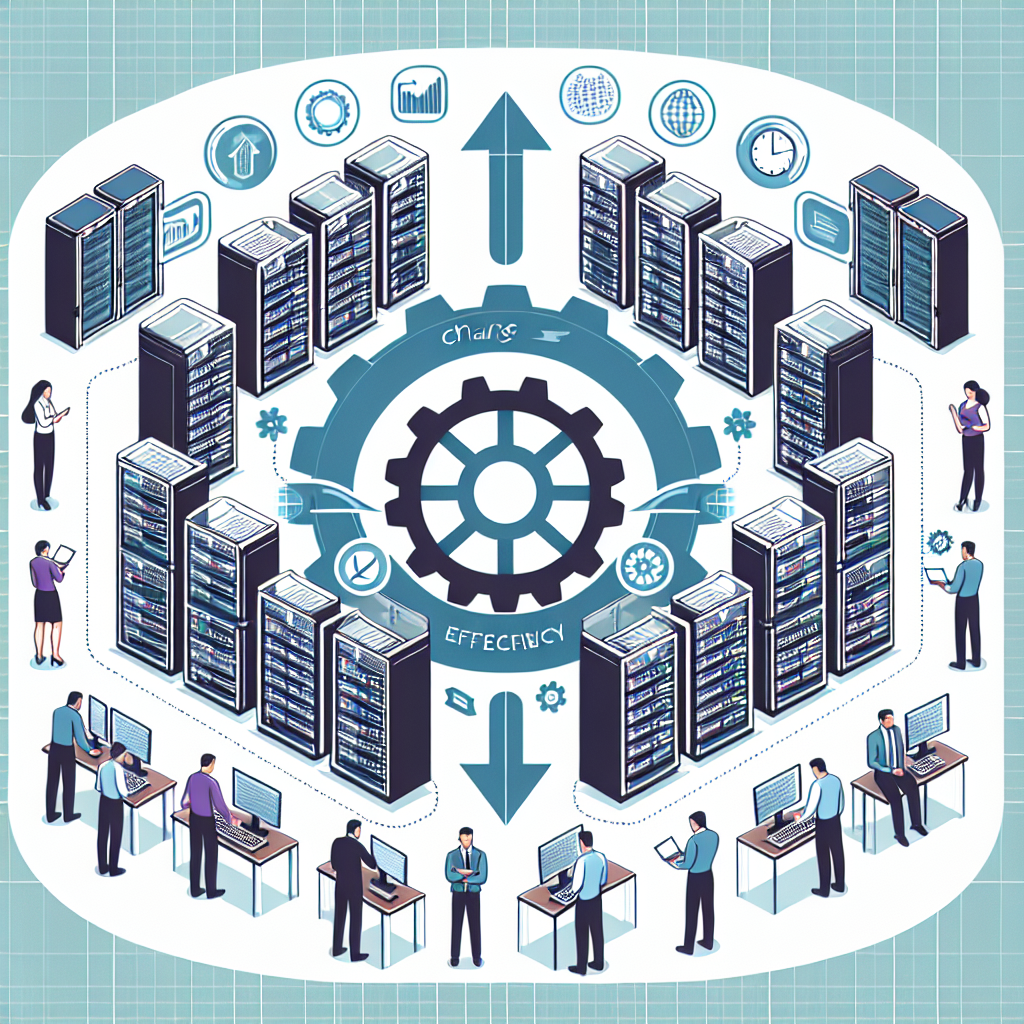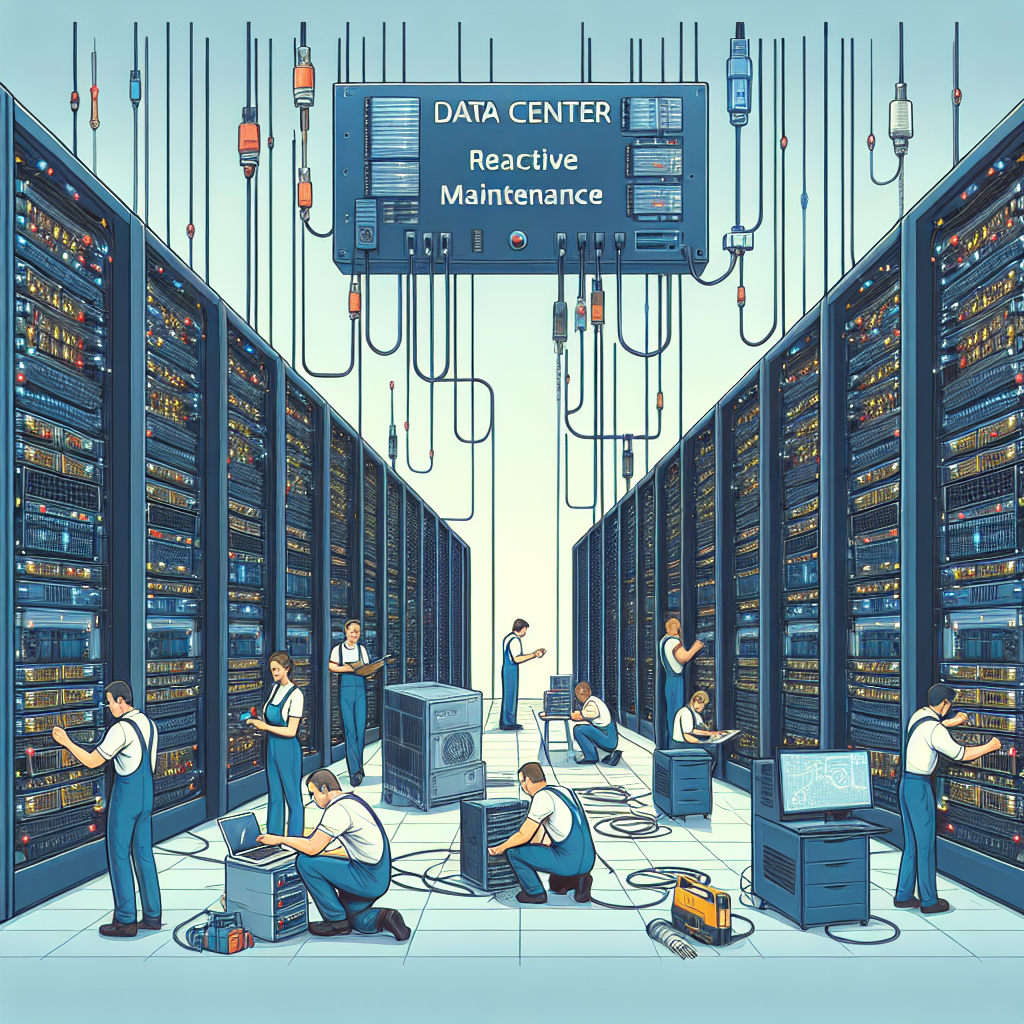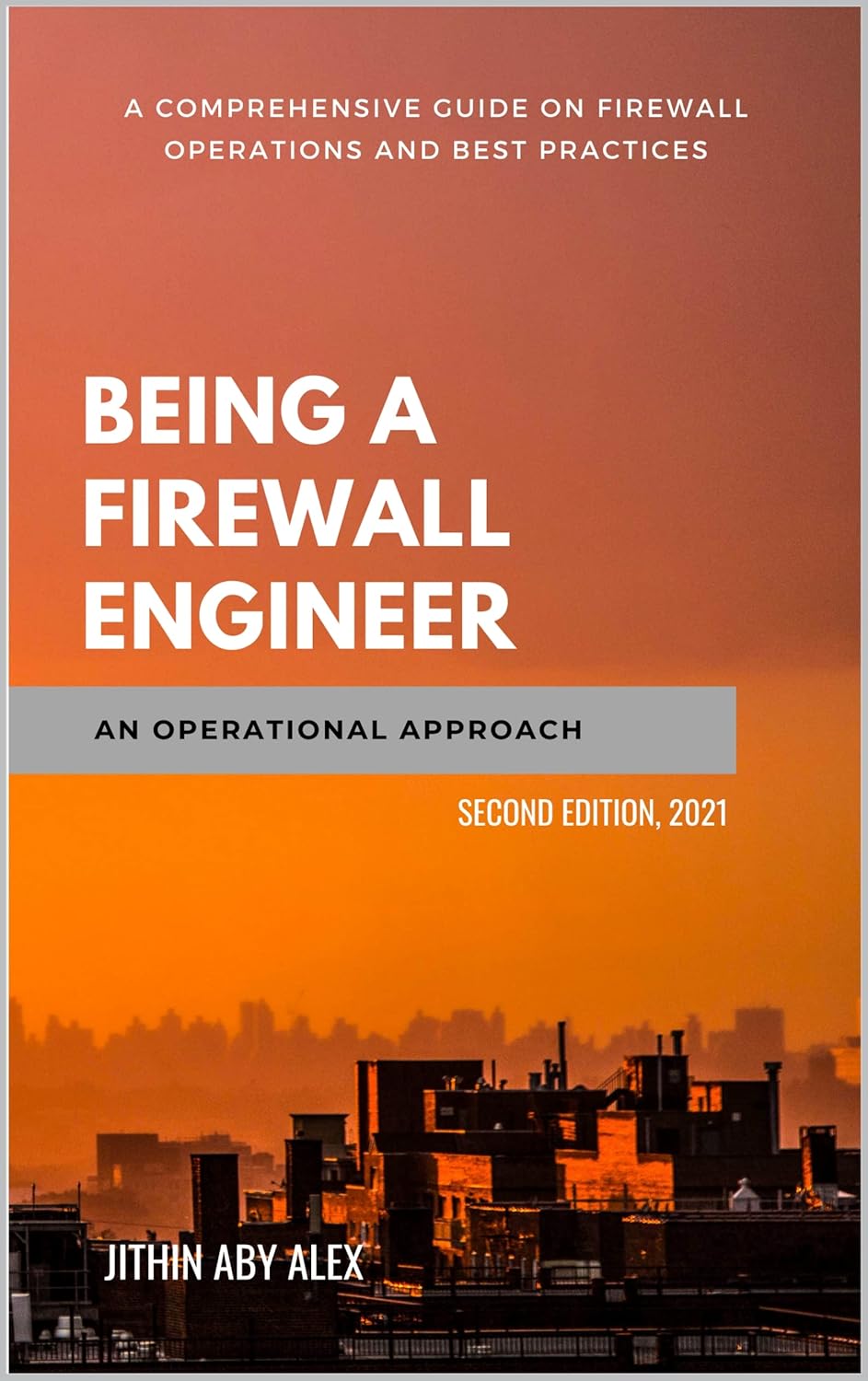Data center downtime can have a significant impact on a company’s bottom line, both financially and operationally. In today’s digital age, data centers play a crucial role in storing and processing critical business information. When a data center experiences downtime, it can disrupt operations, lead to lost revenue, and damage a company’s reputation.
To accurately measure the true cost of data center downtime, it is important to consider both the financial and operational losses that can occur. Financial losses can include lost revenue, penalties for breaching service level agreements, and the cost of repairing any damage caused by the downtime. Operational losses can include decreased productivity, loss of customer trust, and damage to a company’s reputation.
One of the most significant financial costs of data center downtime is lost revenue. When a data center goes offline, businesses are unable to access critical information and services, leading to lost sales and potential customers. Additionally, companies may be subject to penalties for failing to meet service level agreements with customers, which can further impact their bottom line.
Operational losses can also have a significant impact on a company’s overall performance. When a data center experiences downtime, employees may be unable to access the information and tools they need to perform their jobs effectively. This can lead to decreased productivity, missed deadlines, and increased stress among employees. Additionally, customers may lose trust in a company that cannot keep their data secure and accessible, leading to long-term damage to a company’s reputation.
In order to mitigate the impact of data center downtime, companies should invest in robust backup and disaster recovery solutions. These solutions can help minimize the financial and operational losses associated with downtime by ensuring that critical data and services are quickly restored in the event of an outage. Additionally, companies should regularly test their backup and disaster recovery plans to ensure they are effective in a real-world scenario.
By taking proactive measures to prevent and mitigate data center downtime, companies can minimize the financial and operational costs associated with outages. By accurately measuring the true cost of downtime, companies can make informed decisions about how to best protect their business from the potentially devastating effects of data center outages.












